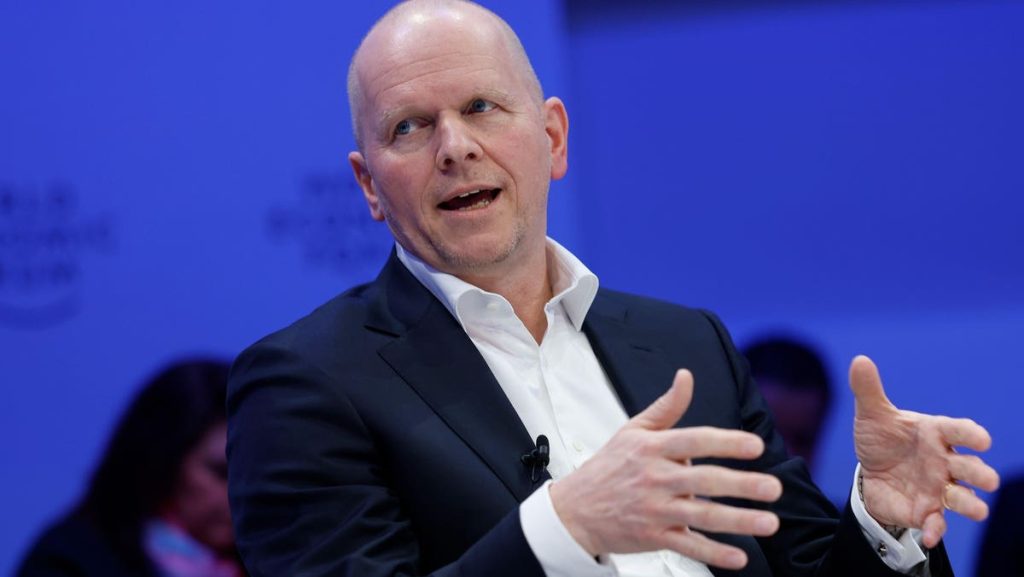With the interest in central bank digital currencies (CBDCs) growing and the debate about the requirements of, goals for and constraints to the architecture of such digital currencies continuing, Mastercard
MA
has announced a new CBDC Partner Program to to foster collaboration with key players in the space.
Slow Start
With CBDCs springing up around the globe, there are some early lessons to be learned, and one of them is that they are slow starters. The digital Yuan, the biggest CBDC scheme in place, has transacted some $250 billion, which means the digital currency has seen significant growth year-on-year but it remains realively small scale. The volume will soon reach a cumulative billion transactions made from approximately 120 million wallets with an average transaction amount of roughly $260.
(By comparison remember that WeChat has a billion users, and Alipay has 1.2 billion users. Alipay 544,000 transactions per second during 2019’s Single’s Day shopping event.)
Yet there is no doubt that change will accelerate. Juniper Research reckon that the global value of central bank digital currencies (CBDCs) will grow dramatically from $100 million today to more than $200 billion by 2030 and that 92% of the total value transacted through CBDCs around the world will be paid domestically. This means that despite all of the talk of the BRICS and de-dollarization, the initial use cases for a digital dollar will be to bring (in my view) innovation, resilience and competition to the U.S. market.
Hence the way in which the digital dollar (and for that matter the electronic euro or smart sterling) will work is a matter of great importance. But the fact is that CBDC is a complicated, emotive and (frankly) poorly-understood subject. This is why Mastercard’s new program is so timely.
Michael Miebach, the Mastercard CEO, said that the company was “teaming up with a handful of key players so we can learn from each other”. The inaugural set of key players includes the remittance platform Ripple, Web3 software company Consensys, multi-CBDC and tokenized assets solution provider Fluency, digital identity technology provider Idemia, security technology group Giesecke+Devrient, digital asset operations platform Fireblocks and secure electronic transactions consultancy Consult Hyperion*.
I think one of the key questions around CBDC is, of course, the fundamental need for fiat digital currency at all. Here, it is clear that there is not yet global consensus. Writing in the Financial Times earlier this year, a senior advisor to the Bank of England said that a CBDC is the digital equivalent of cash and that since we already have electronic commercial bank money, we don’t really need it. Similarly, in the Wall Street Journal, a technology writer said that a retail CBDC isn’t any different from the electronic money in bank accounts today—it’s just a digital dollar. But they are both wrong: there is a fundamental difference between electronic money that lives in bank accounts and electronic cash that lives… well, anywhere. In phones, USB sticks, laptops, smart cards, cars or wherever else we can put a microchip capable of secure processing.
The really crucial difference is that when I sent my sister the money that I owed her recently, it went from my bank account through the banking system to her bank account. But in the future, I will send her electronic cash from the wallet in my laptop to the wallet in her phone and it will never go anywhere near banks or the banking system. There won’t be any clearing or settlement, which is why the existence of instant payment networks has nothing to do with the need for CBDC.
Inside And Outside
We need a safe and sound banking system but we also need safe and sound money that can move around outside that banking system to provide not only resilience in the infrastructure but, most importantly in my opinion, a platform for new products and services. This is where the real excitement should be. If there is going to be a digital dollar, it should be in a form that is a platform for open innovation. Electronic cash, like cash, is a pre-paid product with no credit risk. Anyone should be able to use a digital dollar API to create not mere emulations of the payment services that we have now, but new ways of transacting: micropayments, smart payments, conditional payments, whatever.
Jesse McWaters, who leads global regulatory advocacy at Mastercard, says that there are questions about the role of the private sector in CBDC issuance, security, privacy and interoperability. Mastercard is looking to help answer some of these questions by fostering industry collaboration to draw on (for example) Fluency’s work to build interoperability among different CBDCs, Consult Hyperion’s work with central banks and payment processors to define their CBDC requirements and Ripple’s launch of an inaugural government-issued national stablecoin in collaboration with the Republic of Palau. He is absolutely right to bring these questions forward for serious discussion and informed debate.
Read the full article here



